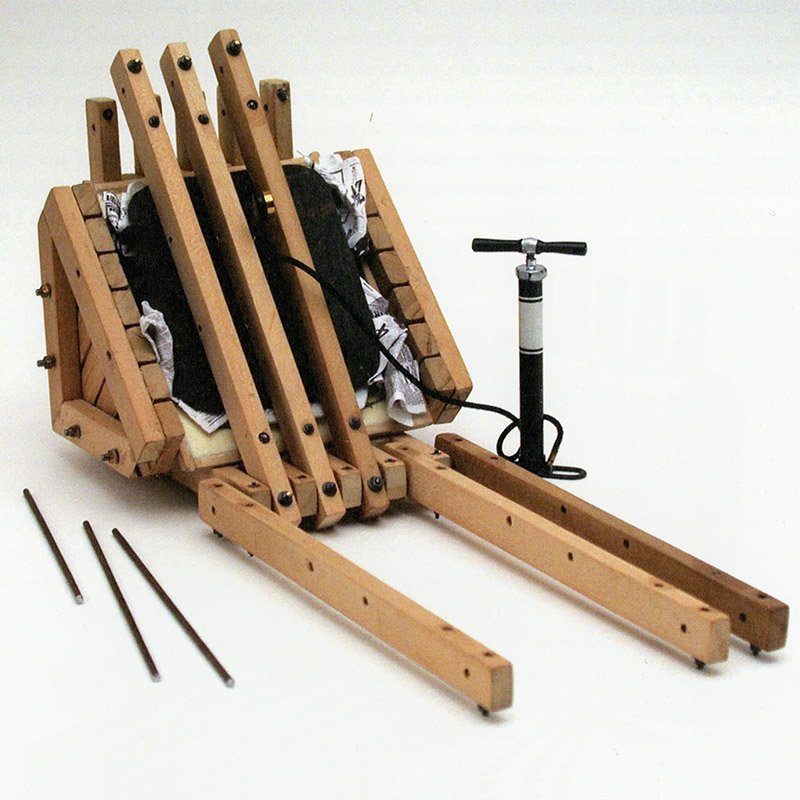Design is going to happen
The question is do you want it to be done by a professional designer? Or by an engineer? Perhaps a marketer? Or a customer support specialist? (Or in one case I know of, the CEO’s spouse?) The results will be dramatically different depending on who you engage as the designer. And your customers, competitors, employees, and the market analysts, will take note.
And designers, don’t think this is an open invitation to the board room; you still need to be a business leader first and a design leader second. Know your investment strategies. Understand your company’s business model. And demonstrate your ability to prioritize value ahead of design.
There is the well-worn, and overused, adage from architecture that form follows function. While on the surface this seems harmless. However the outcome is wholly dependent on who is defining “function”. For example, to an engineer, function may not necessarily what it does—even how it does it, but rather that it does it at all. That is from an engineering point of view function sometimes means it does what they built it to do. While a marketer may define function as whether it creates the space within the market that they desire. For example, does it create the right “buzz”? Does it capture the imagination of the analysts and customers?
For most new products, the initial proof of concept defines the function, and the form that follows is a literal mapping of the function into a manageable form. However over time function evolves based on the desires of the consumer. For example the original personal computers were classic enclosures who’s form reflected the function. You can see that clearly in the translation of the Macintosh breadboard model into the original Macintosh enclosure.
Original Apple Computer
Function…
Original Macintosh Computer
…Form
Over time, as the consumer began to define the function they need, the devices got more mobile (albeit aptly nickname a “luggable” rather than portable) but over time it became smaller, more light weight, increasingly durable.
Eventually the design team leaped forward in regards to the form—which redefined the function and in the process defined a new category—smart devices. The functional evolution continues to progress with wearables becoming more and more minimal.
Apple Portable (Luggable)
Apple MacBook Pro
Apple iPhone
As design leaders our job is to expand the mindset of our team members. Whether its taking step back to see the function from the expanded point of view of the consumer, to see the function from a holistic vantage point of where it fits not only in their pantheon of innovations, but the day to day lives of the consumer, allowing for an expanded understanding of how a thing needs to function. While its still necessary for it to do what it was built to do, it expands that definition. It also make it clear where design adds value; being able to reshape and reform the technologies into a form to address the consumer’s desired functions.
I will leave you with this…
Ray and Charles Eames saw how they could use steam, heat and pressure (yes, that’s a bicycle pump—and apparently Charles shimmed up a electric pole and “poached” additional electricity to power the heating elements) to mold layers of wood veneer to create strong lightweight forms. They used this molded plywood to first create splits for WWII aviators, then they saw potential commercial applications which lead them to experiment with furniture, in particular seating.
The Eames understood how to transform function with form, how to make something rigid like wood into something plastic and malleable to create solutions that went far beyond merely doing what they were intended to do, they reframed people’s thinking, improved the quality of life, and created joy.
Eames Kazam! Machine, a simple prototype that demonstrated the underlying potential
WWII stackable, molded plywood leg brace—using a readily available material wood, rather than a highly allocated metal such as aluminum or steel
Original molded plywood seating prototype that revolutionized an industry and changed entire markets









